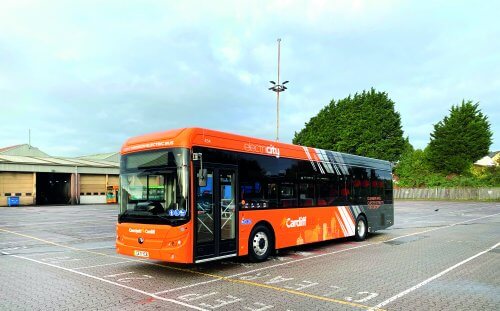
Jonathan Welch speaks to London-based Prospective.io, a technology company which has developed software to enable operators and transport authorities to design and test new services in a ‘digital city’ before operating them in the real world.
2022 will be a crucial year for the bus industry as we find out what post pandemic travel patterns mean for bus ridership and we learn more about what new state funding arrangements and challenging commercial conditions will mean for service changes. Operators and local authorities are having to re-evaluate not just the frequency and routes of the services they run, but whether they run on a scheduled or demand responsive basis, the design of the infrastructure they run on, and the way the network as a whole operates to support Mobility as a Service (MaaS) offers. Whether it be as a result of enhanced bus partnerships, the introduction of direct franchising or the development of Bus Service Improvement Plans, up and down the country there is a flurry of planning activity that will determine the future of the country’s bus networks for years to come and where understanding the collective impact of individual investments is crucial.
[…]
By subscribing you will benefit from:
- Operator & Supplier Profiles
- Face-to-Face Interviews
- Lastest News
- Test Drives and Reviews
- Legal Updates
- Route Focus
- Industry Insider Opinions
- Passenger Perspective
- Vehicle Launches
- and much more!


